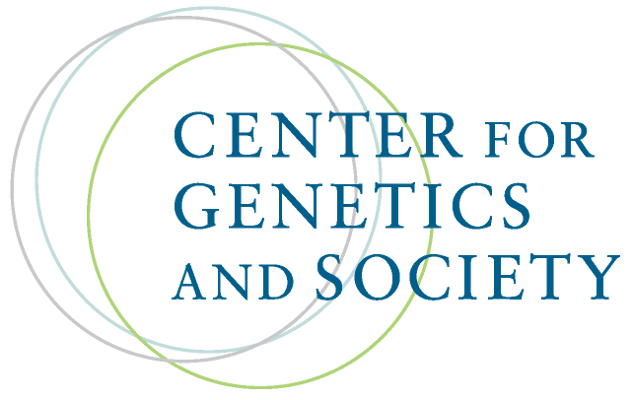A Pro-Woman Stem-Cell Policy
By Marcy Darnovsky,
TomPaine.com
| 10. 26. 2006
As the midterm elections draw near, stem cell politics may be taking a new turn. For years, the debate about stem cell and cloning research has focused almost completely on the moral status of embryos. The need for young women to provide fresh eggs for cloning research, and the risks that poses, have been all but overshadowed.
In several senatorial and gubernatorial races, stem cell research is still being played as an extension of embryo and abortion politics. Political candidates are still using it as an opportunity to drive wedges or shore up bases.
But some women's health advocates and policy makers are beginning to grapple seriously with the issue of egg procurement for research and the tricky ethical challenges it poses. They are asking hard questions about how women can meaningfully consent to egg retrieval when there is so little data about the safety of the procedure. And they are proposing bottom-line criteria about oversight and regulation that will reduce the risks to women who agree to provide their eggs to researchers.
California, where stem cell research is being...
Related Articles
By Katherine Long, Ben Foldy, and Lingling Wei, The Wall Street Journal | 12.13.2025
Inside a closed Los Angeles courtroom, something wasn’t right.
Clerks working for family court Judge Amy Pellman were reviewing routine surrogacy petitions when they spotted an unusual pattern: the same name, again and again.
A Chinese billionaire was seeking parental...
By Sarah A. Topol, The New York Times Magazine | 12.14.2025
The women in House 3 rarely had a chance to speak to the women in House 5, but when they did, the things they heard scared them. They didn’t actually know where House 5 was, only that it was huge...
By Sarah Kliff, The New York Times | 12.10.2025
Micah Nerio had known since his early 30s that he wanted to be a father, even if he did not have a partner. He spent a decade saving up to pursue surrogacy, an expensive process where he would create embryos...
By Carter Sherman, The Guardian | 12.08.2025
A huge defense policy bill, revealed by US lawmakers on Sunday, does not include a provision that would have provided broad healthcare coverage for in vitro fertilization (IVF) for active-duty members of the military, despite Donald Trump’s pledge...



